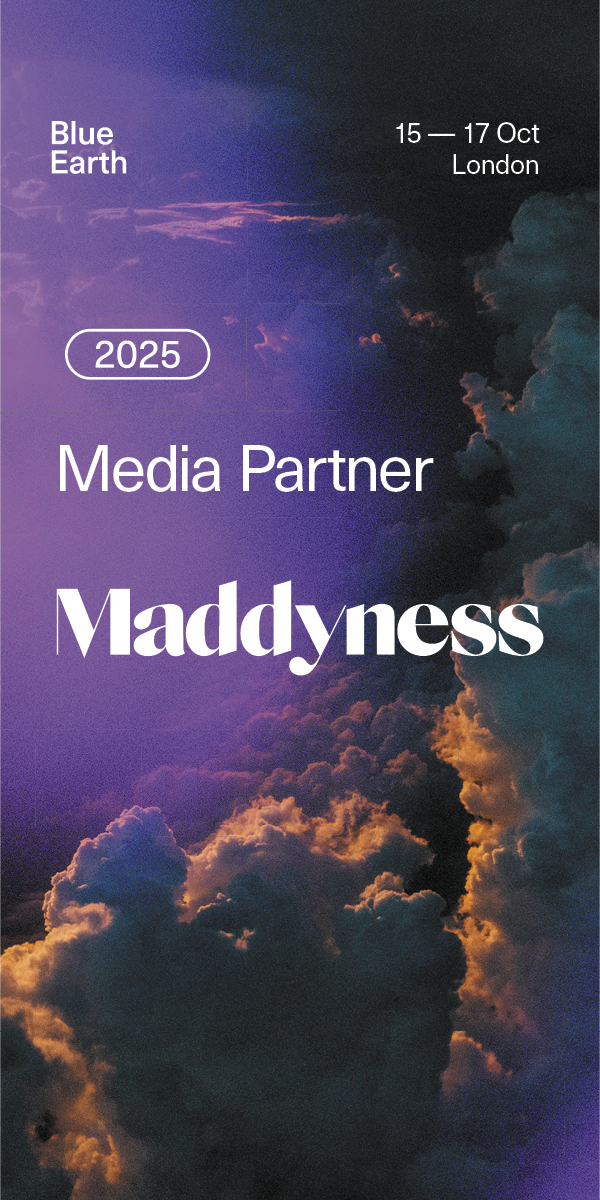This directive sets forth pioneering benchmarks for ensuring AI's safety and security, safeguarding the privacy of American citizens, championing equity and civil rights, advocating for the interests of consumers and the workforce, fostering innovation and competitive environments, and solidifying America's position as a global leader in AI technologies, among other critical imperatives. Its multifaceted approach addresses key challenges and opportunities, thereby serving as a cornerstone in the ongoing discourse and development of artificial intelligence.
The release of the White House AI executive order represents a pivotal stride in this ongoing journey. Here is a cherry picked and quick summary with my reactions:
Require that developers of the most powerful AI systems share their safety test results and other critical information with the U.S. government
[Curt] The dawn of a brighter future is upon us: a future where a "Sky-Net" scenario is but a distant concern. Enacted under the guiding principles of the Defense Production Act, this order carries with it a message of hope. It mandates that companies engaged in the development of foundational AI models with potential implications for national security, economic stability, and public welfare must engage in open collaboration with the federal government. This collaboration is marked by the sharing of the outcomes from rigorous red-team safety evaluations, a step forward that guarantees the safety, security, and trustworthiness of AI systems before they reach the public domain. In this vision of tomorrow, the potential of AI to empower and uplift humanity is fortified, assuring us of a promising future where safety and well-being stand as paramount priorities.
Develop standards, tools, and tests to help ensure that AI systems are safe, secure, and trustworthy
[Curt] Let the skeptics take heed, for a new era is dawning. Doomsayers be Damned! The Departments of Energy and Homeland Security are joining forces to confront the challenges posed by AI systems, particularly their potential threats to critical infrastructure and the realms of chemical, biological, radiological, nuclear, and cybersecurity security. This collaborative effort marks a historic milestone, representing the most substantial government-led initiatives in the advancement of AI safety to date.
Protect against the risks of using AI to engineer dangerous biological materials by developing strong new standards for biological synthesis screening
[Curt] The persistent COVID origin conspiracy theories continue to circulate, leaving a cloud of disinformation in their wake. To counter this, government agencies supporting life science endeavours will now introduce groundbreaking AI standards as prerequisites for securing federal funding. This move serves as a potent motivator for guaranteeing thorough vetting and risk management, particularly in light of AI's potential to exacerbate concerns such as intellectual property (Vaccine Research and Bio Terrorism counter-measures/antidotes) theft and doomsday scenarios. The landscape envisions a future replete with rigorous safety checks and preparedness for unforeseen challenges.
Protect Americans from AI-enabled fraud and deception by establishing standards and best practices for detecting AI-generated content and authenticating official content
[Curt] Something I have been advocating for and Adobe’s recent CR initiative address is that new term here “Authenticating Official Content.” The approach to technology will not only identify Deep Fakes in the world of synthetic media, but also authenticate official content, whether it be from a news organisation, a social media platform but also, I hope, track original art and photography of creators.
Establish an advanced cybersecurity program to develop AI tools to find and fix vulnerabilities in critical software, building on the Biden-Harris Administration’s ongoing AI Cyber Challenge
In regards to Protecting Americans’ Privacy
[Curt] Without safeguards, AI can put Americans’ privacy further at risk. This goes beyond Tom Hanks hawking dental services. Think of the safety of your children and growing hoax kidnaps and extortion scenarios. AI not only makes it easier to extract, identify, and exploit personal data, but it also heightens incentives to do so because companies use data to train AI systems. To better protect Americans’ privacy, including from the risks posed by AI, the President calls on Congress to pass bipartisan data privacy legislation to protect all Americans, especially kids. We’ll see if anything can happen in Congress as they cannot stop the number one killer of children: Guns.
Regarding Supporting Workers and the havoc that AI presents to the workforce en large
[Curt] One of the primary concerns on the horizon is the fear of job displacement and the subsequent challenges of dealing with a potentially unemployable workforce. However, amidst these apprehensions lies an opportunity for government intervention. AI is transforming the American job landscape and workplaces, promising enhanced productivity. To proactively address the potential risks and support workers in the evolving job market, the President has charted a path forward.
This plan advocates for bolstering workers' ability to engage in collective bargaining, investing in accessible workforce training and development programs, and, significantly, expediting the recruitment of AI professionals, ushering in a new workforce. This initiative forms a crucial component of a government-wide AI talent surge, spearheaded by entities like the Office of Personnel Management, U.S. Digital Service, U.S. Digital Corps, and Presidential Innovation Fellowship. These agencies will provide AI training to employees across all levels in relevant fields, marking a substantial educational move by the nation's largest employer. Pay attention Colleges and Universities!
This is great leadership and it is equally important to watch what happens across the pond, as well. Finally, the unveiling of a new portal, https://ai.gov
This article was originally published onParlayMe.
Curt Doty - Strategist | Storyteller | Creative | Product Manager | Brand Architect | AI Management Consultant | Former @webershandwick @universalpictures @trailerpark










